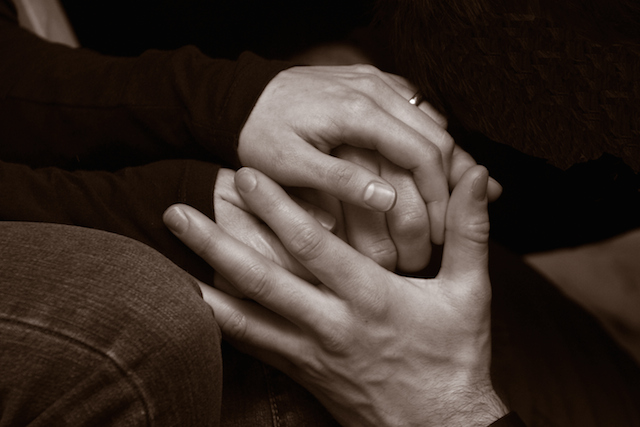Jewish culture has a long, rich, and venerable corpus of healing traditions, including, for example, wearing protective amulets, consulting rabbis and holy men in order to receive their blessing and their instructions regarding the ritual actions necessary to alleviate illness and other misfortune, and pilgrimage to tombs of saints associated with healing.
These sorts of traditional practices, commonplace among Jews in North Africa and Asia as well as in Eastern Europe and Israel, did not survive in the United States except among small groups of Hasidic Jews living in a few tightly knit communities. Since the beginning of the 20th century, American Jews, for the most part, have been among the most eager proponents of modern medicine, and in the forefront of immigrant groups that have rejected traditional “superstitions” and “magical practices” in regard to health and illness.
A New Non-Hierarchical, Grass-Roots Format
During the 1980s, a new kind of Jewish healing began to emerge in the United States. Organizationally, the contemporary Jewish healing movement encompasses synagogue-based healing services, private healing offered by individual practitioners, community-sponsored ritual and social services for the elderly and chronically ill, and small-group healing rituals carried out in response to the needs of friends or community members.
Instead of the saint-healer typical of traditional Jewish societies, American Jews situate healing in the context of community. A typically American and egalitarian format in which the healer (more often than not, a woman) describes herself as part of the fellowship of those in need of healing, replaces the hierarchical and dyadic traditional format in which a holy man held unique powers to elicit God’s blessing on behalf of the sick and unfortunate.
With your help, My Jewish Learning can provide endless opportunities for learning, connection and discovery.
What is a Jewish Healing Service?
Jewish healing services are eclectic and varied. Some of the more common elements include meditation, prayer, guided visualizations, teaching based on Jewish sources, and physical contact such as holding hands or exchanging hugs. For many who attend Jewish healing events, the power of the events lies in the feeling of rootedness to Jewish tradition created by the use of Hebrew and references to Jewish texts and stories, and in the feeling of connection evoked through gathering together with other Jews.
Music and singing are ubiquitous at Jewish healing events, and a number of collections of Jewish healing music are sold through websites and at Jewish bookstores. Singing often is experienced as a deeply spiritual experience, and the communal singing that characterizes Jewish healing services creates a feeling of communal engagement.
Using Jewish Ritual to Support the Sick
A phrase heard frequently in Jewish healing contexts is: This is not about curing, this is about healing. That phrase often is followed by: To be cured, go see a doctor. The implication is that American Jewish healing does not seek to replace conventional medicine, but rather to complement and supplement medical treatments and practitioners.
American Jewish healers explain that, “It isn’t always possible to cure, but healing always is possible.” The implication is that healing is not about the alleviation of physical symptoms, but rather about drawing upon Jewish resources and the Jewish community to develop strength, courage, a positive identity (in place of allowing the sick-role identity to dominate the sense of self), a sense of meaning, and the feeling of belonging both to an ancient tradition and to an active local community. Jewish healing is described in communal terms: When the individual is ill, he or she often suffers from social isolation. Thus a key part of Jewish healing focuses upon healing the community that does not sufficiently reach out to the elderly, the ill, and the handicapped.
In many ways, contemporary Jewish healing is similar to other healing movements in the United States today. The emphasis upon the whole person, the use of meditation techniques, the voluntary nature of participation in healing events, the emphasis upon egalitarian relationships, the distinction between healing and curing, and the prominent role of women as leaders and participants characterizes a great deal of Christian and New Age healing as well.
It is undeniable that there is a great deal of cross-fertilization among these various movements: Many of the same books are read by Jews, Christians, and New Agers, and many Jewish healing activists have attended Clinical Pastoral Education or Spiritual Direction courses together with Christian colleagues. The “Jewishness” of contemporary American Jewish healing lies primarily in emphasis upon community and identity: For many involved in Jewish healing the core meaning of healing is drawing the individual into the history, narratives, rituals, and relationships of the Jewish community.
Reprinted from the Yale Journal for Humanities in Medicine.
Hasidic
Pronounced: khah-SID-ik, Origin: Hebrew, a stream within ultra-Orthodox Judaism that grew out of an 18th-century mystical revival movement.



